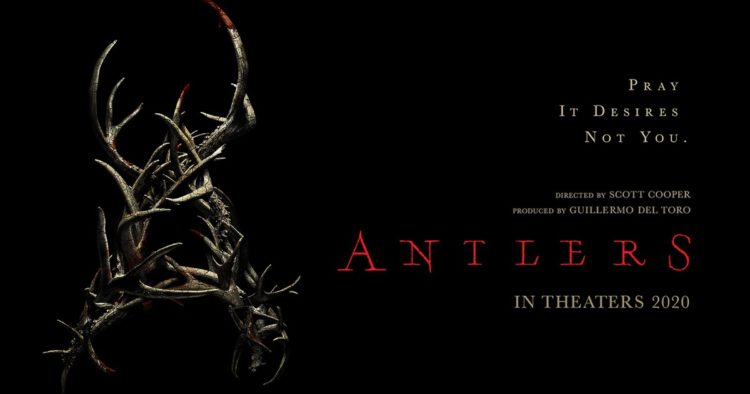Moderated by Steve Weintraub from Collider, the panel featured a trailer for the Horror film ‘Antlers’, and an interview with director Scott Cooper and producer Guillermo del Toro.
Del Toro spoke about the overall message of the film, stating that all the pain and rage incarnate in the movie is like an invocation for the dubious star monster, a Native American legend called the Wendigo, calling it “a metaphor made flesh”.
Del Toro gleefully spoke about the strange intersectionality of his three most influential directors: Disney, Hitchcock, and Spanish-Mexican surrealist Bunuel.
 When asked if they were given a ton of money and could green-light any project, Cooper talked about a script he had written for an Edgar Allen Poe film, and of course, del Toro immediately responded with the Mountains of Madness and Frankenstein. Though del Toro added, he would want to do Frankenstein in a 2 to 3 part story, in order to get all parts of the book, as it changes voices so many times and is a complicated story.
When asked if they were given a ton of money and could green-light any project, Cooper talked about a script he had written for an Edgar Allen Poe film, and of course, del Toro immediately responded with the Mountains of Madness and Frankenstein. Though del Toro added, he would want to do Frankenstein in a 2 to 3 part story, in order to get all parts of the book, as it changes voices so many times and is a complicated story.
Del Toro went on to talk about the filmmaking process, stating that editing is typing with the most expensive typewriter in the whole world. He claimed to be a big believer in the physical medium of DVDs, mentioning he has over 7 thousand of them in his house, likening his collection to when one wants to read Walt Whitman or Ulysses, you go and pull out the physical book and read, or in this case, watch. Del Toro watches all the extras and audio commentary, he said, and explained that by watching your favorite filmmakers closely, their techniques can eventually become a new tool for your tool-belt.
In del Toro’s opinion, the Coen brothers are the best living filmmakers right now, but they’re also the ones who hold the most mystery for fellow filmmakers. Del Toro served as a juror for them at the Cannes film festival, and interviewed them whenever he got the chance, and rhapsodized about their filmmaking instincts being all their own.
Cooper talked about the overlying themes of the film ‘Antlers’ – climate crisis, drug-addicted populace, our treatment of Native Americans, and abject poverty, all wrapped together in a monster film. How he and del Toro worked well together on the setting of the film, and the energy between spaces Coopers films have, referring to it at the Scott Cooper moment.
Cooper talked about ‘Antlers’ being his first immersion into the supernatural, and how risk is one of the great pleasures of making a film. He said, horror films are for people who don’t want to confront the darkness inside themselves directly, and they (horror films) provide an escape.
Cooper spoke about having Native American story advisors on the set of ‘Antlers’, especially his friend and fellow filmmaker Chris Eyre, who made the 1998 film ‘Smoke Signals’, and Professor Grace Dylan of Portland State University, head of Indigenous Studies and considered the foremost authority on the Wendigo.
“The First Nations (Native Americans, et al) in Canada and North America advisers told me they really do believe in the Wendigo. The Wendigo represents greed and colonialism. As a white Anglo-Saxon Protestant raised-Episcopalian, if I’m going to discuss any Native American folklore or themes that discourse through NA life, I want to have people (advising) who know much more about it than I, and I want to get it right.”
Del Toro gleefully agreed, explaining that the Wendigo is a metaphor for insatiability, as in the more it eats, the more hungry it gets, and the more it eats, the weaker it gets. How every character in the movie is enacting or suffering from rage, and are a bunch of broken characters trying to get together.
The master of combining practical and digital effects from previous jaunts such as ‘Pan’s Labyrinth’, del Toro explained he did exactly the same for ‘Antlers’. The Wendigo has specific precepts you have to have, del Toro said, like the name of the film, ‘Antlers’. The design elements have to be almost surreal or abstract, because as del Toro cleverly put it, they’re not creating a monster, they’re creating a God.
‘Antlers’ is set to be released by Searchlight Pictures on February 19, 2021.

Events
Paramount+ Reveals Official Main Title Sequence for the Upcoming Series TALES OF THE TEENAGE MUTANT NINJA TURTLES
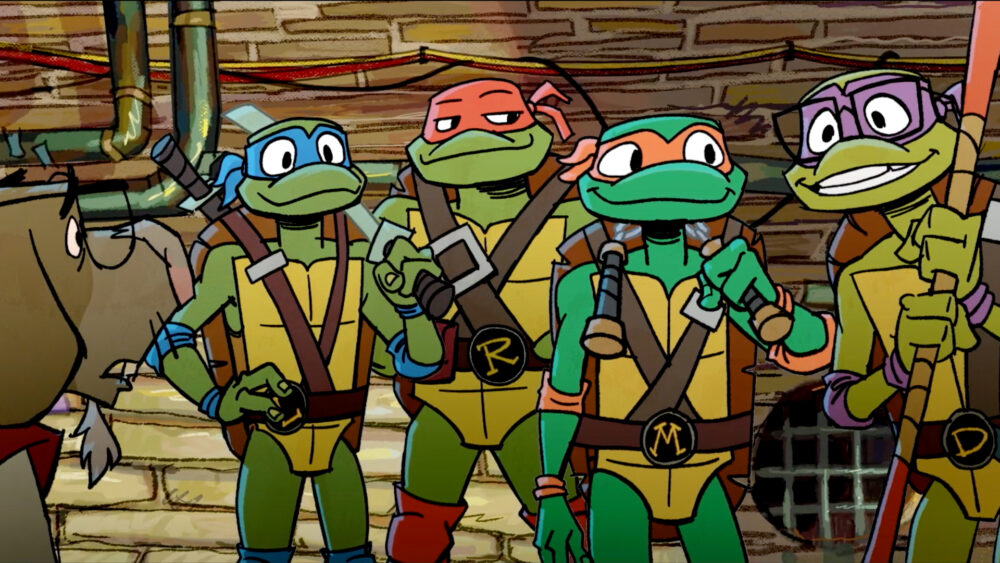
During the TALES OF THE TEENAGE MUTANT NINJA TURTLES panel earlier today at San Diego Comic Con, Paramount+ revealed the official main title sequence for the series. The sequence is composed by EMMY® nominee, Matt Mahaffey, known for his work on Sanjay and Craig, Rise of the Teenage Mutant Ninja Turtles, and Rise of the Teenage Mutant Ninja Turtles: The Movie and much more.
From the studios of the Mutant Mayhem film, the all-new Paramount+ original series TALES OF THE TEENAGE MUTANT NINJA TURTLES explores the adventures of everyone’s favorite pizza-loving heroes as they emerge from the sewers onto the streets of NYC. Leo, Raph, Donnie and Mikey are faced with new threats and team up with old allies to survive both teenage life and villains lurking in the shadows of the Big Apple. The series is produced by Nickelodeon Animation and Point Grey Pictures.
TALES OF THE TEENAGE MUTANT NINJA TURTLES is executive produced by Chris Yost (The Mandalorian, Thor: Ragnarok) and Alan Wan (Blue Eye Samurai, Rise of the Teenage Mutant Ninja Turtles, Teenage Mutant Ninja Turtles [2012 Series]). Production is overseen for Nickelodeon by Claudia Spinelli, Senior Vice President, TV Series Animation, Nickelodeon, and Nikki Price, Director of Development and Executive in Charge of Production.
In addition to the upcoming new series, stream all things Turtles on Paramount+.
Events
Comic-Con 2024: Those About to Die Activation
Events
DISNEY+ CASTS DANIEL DIEMER AS FAN-FAVORITE ‘TYSON’IN SEASON TWO OF “PERCY JACKSON AND THE OLYMPIANS”
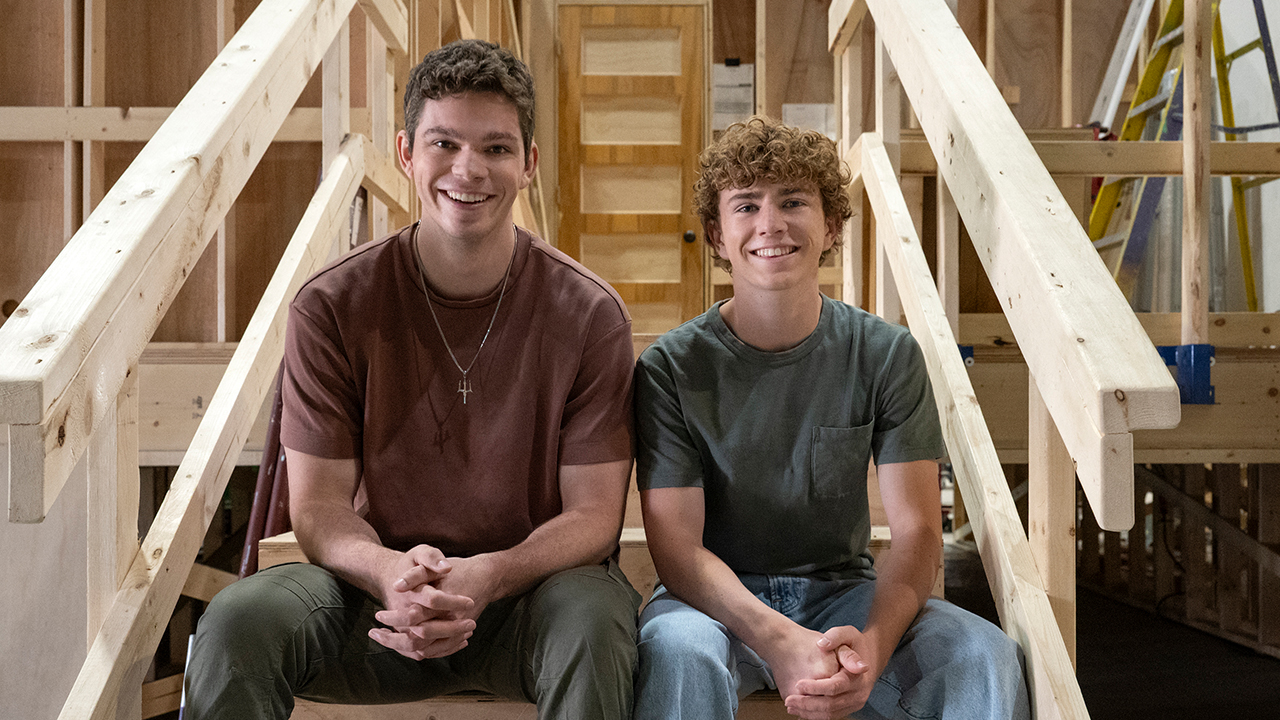
in Hall H at San Diego Comic-Con, Rick Riordan and Disney+ revealed that Daniel Diemer (“Under the Bridge”) will star as fan-favorite cyclops “Tyson” in the epic adventure series “Percy Jackson and the Olympians.” Diemer joins Walker Scobell (Percy Jackson), Leah Sava Jeffries (Annabeth Chase) and Aryan Simhadri (Grover Underwood) as a series regular. The Disney+ Original series from Disney Branded Television and 20th Television will start filming its second season next week in Vancouver.
Season two of “Percy Jackson and the Olympians” is based on the second installment of Disney Hyperion’s best-selling book series titled “The Sea of Monsters” by award-winning author Rick Riordan. In the new season, Percy Jackson returns to Camp Half-Blood one year later to find his world turned upside down. His friendship with Annabeth is changing, he learns he has a cyclops for a brother, Grover has gone missing, and camp is under siege from the forces of Kronos. Percy’s journey to set things right will take him off the map and into the deadly Sea of Monsters, where a secret fate awaits the son of Poseidon.
Diemer stars as Tyson – a young Cyclops who grew up all alone on the streets, and finds it difficult to survive in the human world. Shy and awkward, with a heart almost as big as he is, Tyson soon discovers that Poseidon is his father, which means Percy Jackson is his half-brother… and that Tyson may have finally found a home.
Diemer recently starred in the Hulu limited series “Under the Bridge” based off the critically acclaimed book of the same name and a tragic true story of a missing teen girl in Vancouver in 1997. He will next star in the indie “Thug” opposite Liam Neeson and Ron Perlman for director Hans Petter Moland. Daniel was recently seen as the lead in the indie “Supercell” opposite Alec Baldwin and Skeet Ulrich and the lead in the film “Little Brother” opposite Phil Ettinger and JK Simmons. Daniel can also be seen in the Netflix series “The Midnight Club” and recently starred as the male lead in the breakout hit Netflix feature “The Half Of It” from producer Anthony Bregman and director Alice Wu. He is a graduate of Victoria Academy of Dramatic Arts in Vancouver.
Created by Rick Riordan and Jonathan E. Steinberg, season two of “Percy Jackson and the Olympians” is executive produced by Steinberg and Dan Shotz alongside Rick Riordan, Rebecca Riordan, Craig Silverstein, The Gotham Group’s Ellen Goldsmith-Vein, Bert Salke, The Gotham Group’s Jeremy Bell and D.J. Goldberg, James Bobin, Jim Rowe, Albert Kim, Jason Ensler and Sarah Watson.
The first season of “Percy Jackson and the Olympians” is available on Disney+
-

 Interviews1 day ago
Interviews1 day agoInterview With Heroes & Villains Creative Director Doug Johnson
-

 Streaming1 day ago
Streaming1 day agoApple TV+ announces season two for delightful kids and family series “Camp Snoopy
-

 Events1 day ago
Events1 day agoThat’s My E Coverage Of The Adult Swim’s Pirate Parrrty
-

 Events9 hours ago
Events9 hours agoParamount+ Reveals Official Main Title Sequence for the Upcoming Series TALES OF THE TEENAGE MUTANT NINJA TURTLES
-
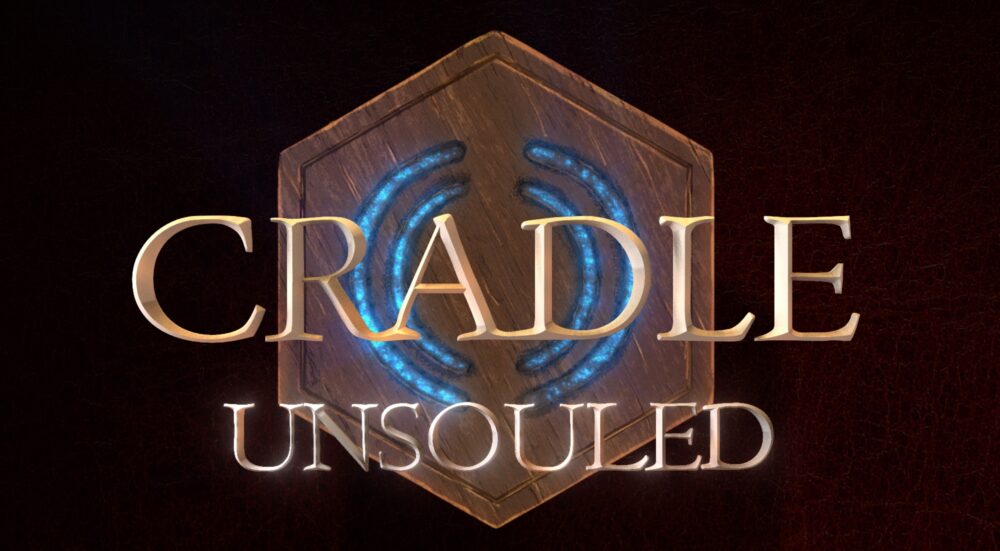
 Interviews13 hours ago
Interviews13 hours agoComic-Con 2024: Will Wight’s Cradle
-

 Events12 hours ago
Events12 hours agoDISNEY+ CASTS DANIEL DIEMER AS FAN-FAVORITE ‘TYSON’IN SEASON TWO OF “PERCY JACKSON AND THE OLYMPIANS”
-
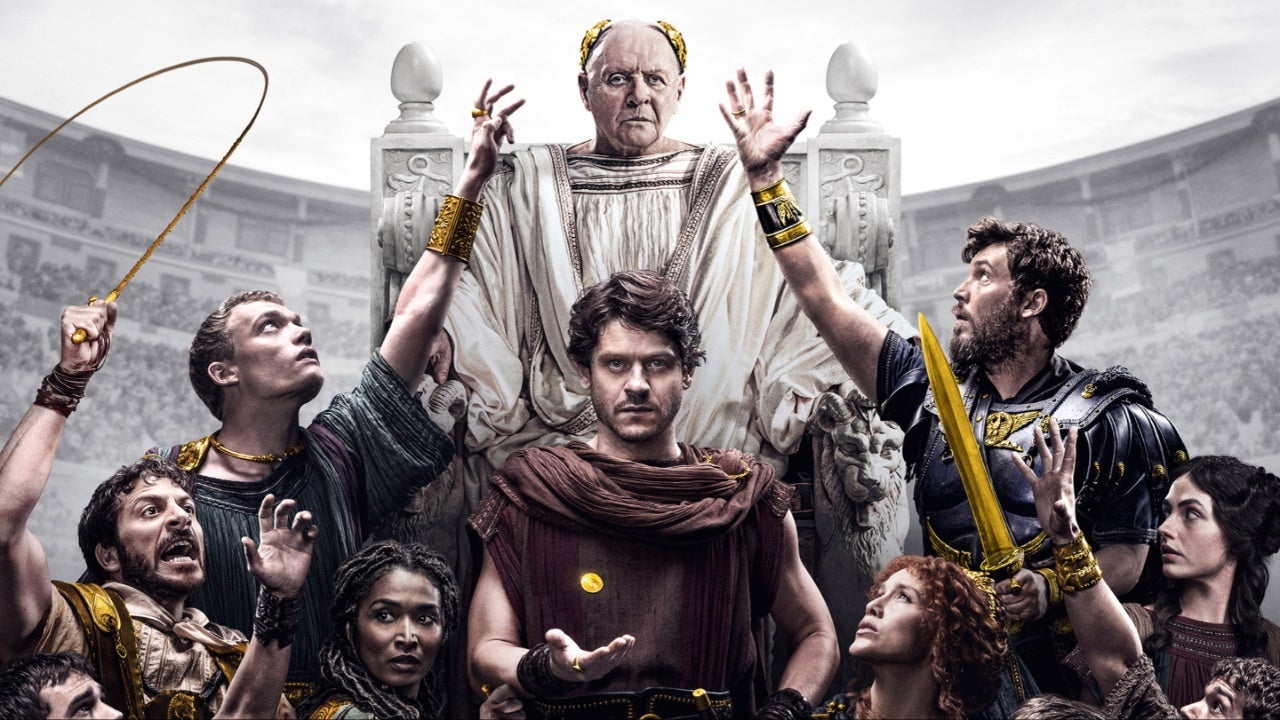
 Events12 hours ago
Events12 hours agoComic-Con 2024: Those About to Die Activation

